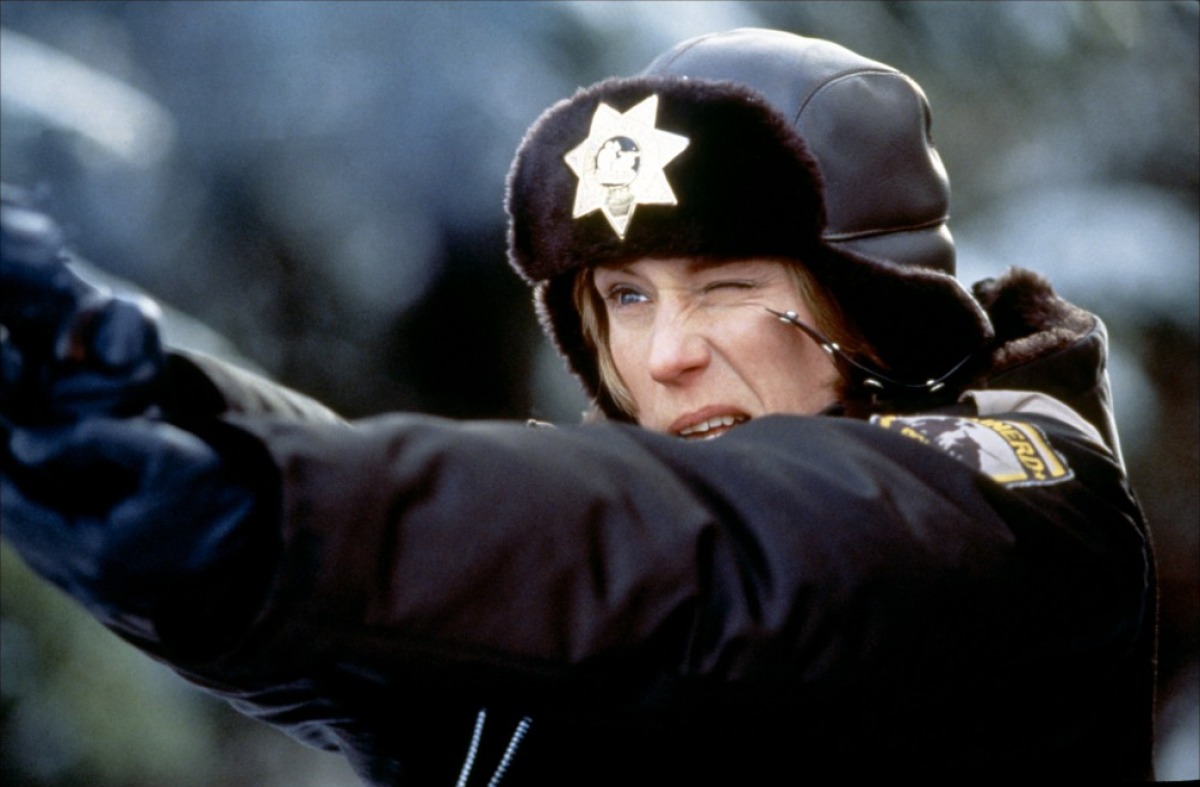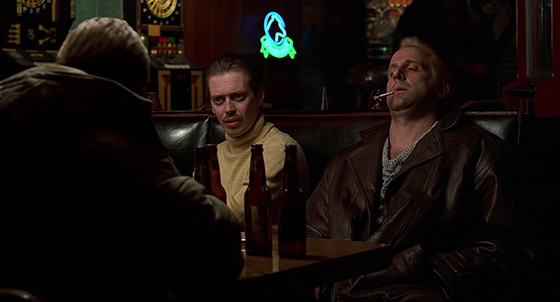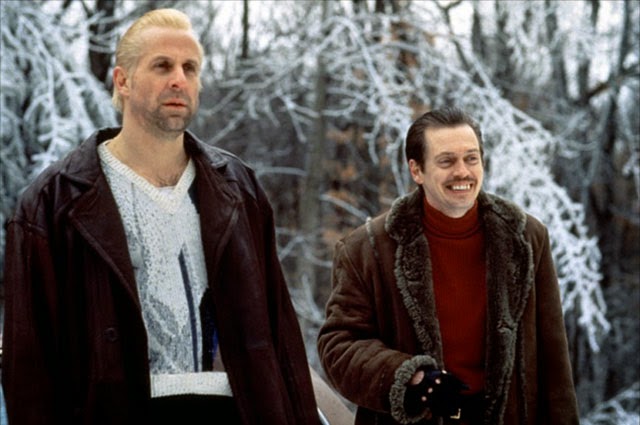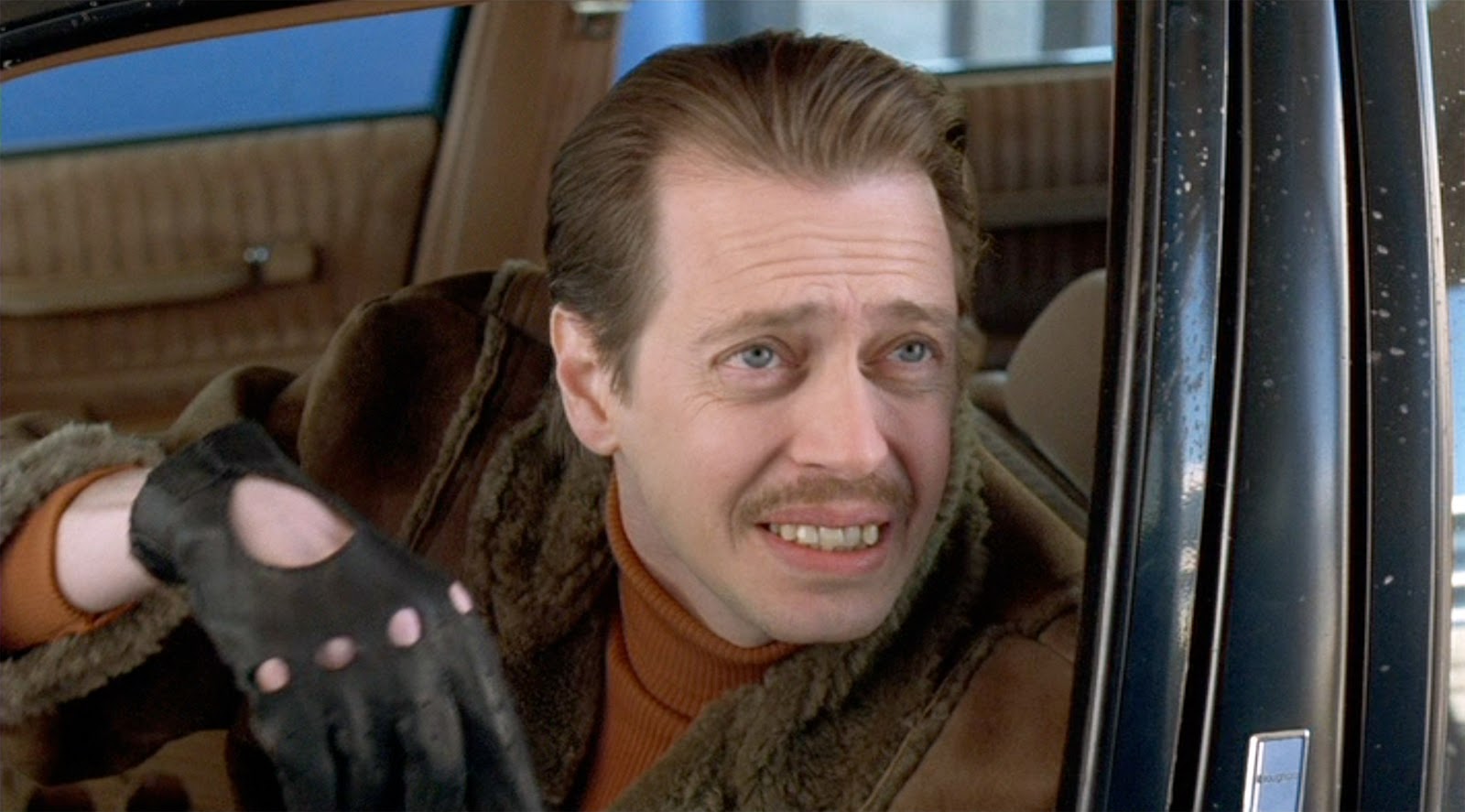
There is an old adage which informs that the world worships the original. This may well be true, but sometimes it takes so long for the world to decide that the original is worth worshipping that the object of worship is either dead or as good as dead by the time the adulation takes place. Few working in the current film industry can testify to this more than the sibling filmmaking duo of director-writer Joel Coen and his brother, writer-producer Ethan Coen.
When the books are written and closed on the filmmaking era of the late 20th and early 21st centuries, surely few other creative entities will be judged as original as the Coens. Few voices in the film world are as distinctive and few make films that are as free of the cookie-cutter mold as these brothers.
One really distinctive trait, though, is that each film is quite distinct from the others in their canon, yet the same motifs and sensibilities tie their oeuvre together. To call their wry, rather sideways view of life quirky would be both stating and understating the obvious. The Coens regularly create a world wherein everyone seems to be a bit out of step with whatever might be construed as the “normal”, and the mundane and the odd can coexist without anyone in that world thinking that this is out of the ordinary.
One of the truly unusual things about the brothers’ work is that they are not limited to one genre as many filmmakers are. Their professional debut came in 1985 with the no-budget crime thriller “Blood Simple” (which also introduced actress Frances McDormand, a major talent and Joel’s eventual wife).
This film didn’t quite display their full cinematic personalities (though it was highly acclaimed for a debut film coming out of virtually nowhere), but the absurdist comedy “Raising Arizona” in 1987 and the polished crime drama “Miller’s Crossing” in 1990 began to bring them to light. Then came their first really dark comedy, the Hollywood satire/cautionary tale “Barton Fink” in 1991.
The film won big at the Cannes Film Festival but the domestic response was… well, more muted, with some critics and some of the (relatively few) contemporary viewers “getting it” and many who didn’t. That put it way up over the next film on the list, 1993’s “The Hudsucker Proxy”, a period satire on the world of big business which washed over many. “Fink” and “Hudsucker” have since found passionate audiences, something which happens quite a lot with the Coen’s comedic efforts.
For some reason, while the Coen’s dramatic films are almost always definitively declared hits (the Oscar-winning “No Country for Old Men” in 2007) or interesting misses (the neo-noir “The Man Who Wasn’t There” in 2001), their comedies often find cold initial receptions, only to have afterlives with stunning cult followings.
If the sea change for 2000’s “O Brother, Where Art Thou?” wasn’t proof enough, then the jaw-dropping rise of 1997’s “The Big Lebowski” from a place of near shame to the absolute pantheon it is now has to be a great example. However, one Coen effort which can be termed a comedy, albeit a black one liberally mixed with elements of a crime thriller, was blessed from the start.
The Coen’s were still considered cult filmmakers, known to discerning critics and a loyal but not huge public fanbase, when an odd little film bearing the title “Fargo” opened in 1996.
As the title indicates, the story was set in the northern Midwest in the United States, though mostly in Minnesota, not North Dakota, as might be presumed. The opening titles state that the film is based on true events, though the closing ones accurately relate that the tale is a work of fiction. This is a clue that the viewer is in for another wild ride with the Coen brothers. And wild it was.
The film featured a plot that could have stood on its own as a crime thriller with some quite violent scenes. However, it also had a lot of laughs, which grew out of the film organically, not as jokes. Such a mix had turned many off when “Bonnie and Clyde” premiered in 1967, but some 30 years down the pike, the public was much more in tune with what the Coens were aiming for in the film.
“Fargo” would prove to be one of the two big Oscar winners (the other being “No Country for Old Men”) which the Coens have enjoyed to date. In fact, as producers, they have overseen the film being adapted, to much acclaim and a great public response, into a series of limited season shows for television in recent years (after an ill-fated attempt to do so in a more conventional manner failed, shortly after the film had originally come out). It now appears in such tomes as Roger Ebert’s “The Great Movies” and “1001 Movies to See Before You Die”.
It’s one of the few Coen brothers films which is genuinely loved. Why? Well, the following list will attempt to shed some light regarding why the critics and public both found a place in their collective hearts for “Fargo”.
1. The Coens give new life to an old idea

In the end, there are only so many basic plots in cinema. The distinction of a good project is how it handles the plot, and what the film does with it. “Fargo”, on one level, is the kind of ‘true crime’ story that has come to dominate movies and especially TV in the decades since Truman Capote published 1966’s “In Cold Blood”.
As earlier stated, Fargo initially tries to pass itself off as a true story. The joke there is that many a crime film gets away with figurative murder by showing extreme violence (literal murder) and nastiness in name of ‘realism’ and out of a ‘sense of duty’ to the victims (which covers another little joke in the statements at the beginning of the film).
The basic plot of the film concerns car dealership salesman Jerry Lundegaard (a superb, Oscar-nominated William H. Macy), a desperate little man who knows that he can make a killing (so to speak) by investing in a parking lot venture (no kidding) if he just had the money. His uber-wealthy father-in-law (veteran Broadway musical star Harve Presnell, in a surprising appearance) could easily fund the venture but he isn’t about to do it (and just a few minutes with the oily Lundegaard will convince anyone of the wisdom of that stance).
So, being barred from pulling off his big deal the conventional way, he decides to go another way: namely, having his wife “kidnapped” and getting dad to pay the million dollar ransom. (One wonders how the man planned to explain where he got the money to invest in the parking lots had the scheme go as planned, but that is a flaw in the character’s logic, not the script’s.)
To this end, he quite unwisely manages to get in contact with a bad-news pair of cheap crooks, Carl Showalter (Steve Buscemi), who could be Lundegaard’s brother from another mother and his twin in desperation, and Gaear Grimsrud (Peter Stormare), a hulking presence who seems none too bright and way too dangerous.
Anyone with any sense could see that this is not a good idea. Unfortunately, the salesman has left good sense far behind and, in fact, is planning to chisel the pair out of as much of their share of the ransom money as he possibly can.
All of this could be the basis of a typical glum and grim “based on fact” procedural but the Coens never go by the book. From the start, something seems a bit out of whack about the characters, the setting, and the route that the crime and its aftermath proceed to take. In the outline, the expected takes place, but in the details, nothing is as usual. This is a mark of any distinctive filmmaker and the films of the brothers definitely feature a universe specific to their work.
2. The setting is mundane to the point of being ‘exotic’

One thing that is so striking about “Fargo” is that it is set in a part of the US that is very seldom explored in great detail (it is quite notable that the Coens actually hail from Minnesota, so this setting is autobiographical). Depicting the Midwestern “flyover country” as flat, gray and dull is a cliché. However, the Coens use these very traits for an abundance of humor.
The story takes place in middle of what looks to be one bleak winter. Outside of the cold weather scenes of “Dr. Zhivago” (1965), has any film ever featured this much snow? This is more than just a detail of the setting, though. The world of this film seems to be quite reined in by this harsh climate. The characters have mostly retreated indoors, and the indoors to which they have retreated can most charitably be described as “homey”.
In fact, almost all of the characters seem to have at least part of their wits frozen or at least thickened by the cold. No one in this world is going to win any award for being hip or stylish. In fact, just the act of making it through in this rough place appears to have caused many to just settle for being comfortable and cozy, to hell with how it looks or comes across.
However, this harshness of climate also looks to amplify the crimes committed in this terrain (and blood tends to look a lot more prominent against snow). In this hard place, it feels like people should be especially kind to one another (and the virtuous characters are), and those perpetrating evil come across as all the more brutal. At one point, a pathetic victim is seen running with a bag over her head, hands tied, and barefoot in a pink sweatsuit through the snow.
Yes, it looks funny and initially the viewer may laugh, but second thoughts reveal that the cold, hard, inhospitable landscape made the victim’s plight all the worse. In a crucial sense, this little scene encapsulates the specialized world of this film.
3. The Coens manage to achieve a very special tone

Along with this specialized setting is the fact that the Coens, as ever in their films, manage to find a very specific tone, one which so often marks their films. This tone might best be described as one wherein the point of view is that all of the principles and their actions are foolish, bizarre or extreme, but this does not at all mean that they are necessarily looked down on or made the objects of fun. That is, unless they are looked down on and made the object of fun.
As with almost any film, the brothers’ films have their share of saints and sinners and fools and sages, and sometimes sages who looked like fools initially and saints in the grab of sinners. In other words, everyone has their quirks but that doesn’t at all mean that the characters are despised.
In “Fargo”, as pointed out, the setting affects all of the characters and their behavior. It’s a given that most of the native characters are of Scandinavian pioneer stock and their speech still contains liberal elements of those who settled in this challenging place many generations before.
This seems to be due to the fact that change appears to come very slowly in this place. The trends and fashions that rule on either coast of the US or any of its big cities look to be of no concern to these very down-home people. And so what? Being unhip is not a crime.
Over the course of the film, the viewer meets many such people and most of them seem to be pretty good eggs. Would they be oddities if they lived in any other environment? Undoubtedly, they would, but the point is that they don’t live in other places and their ways and habits make perfect sense to them.
The Coens understand this since they come from this part of the world. Because this fact exists, they have that love / hate relationship that’s both understanding and exasperated; the kinds of relationships that many have with their homeland.
Obviously, so many of the things that are wacky, crazy, or odd can also be things that are oddly lovable and redolent of home, as anything that has been a constant in people’s lives from a very early age tends to be. The best films create their own memorable worlds, and between the basic setting and how it is explored, “Fargo” does this quite well.